EM@3AM: Amniotic Fluid Embolism
EMDocs
JUNE 22, 2024
We’ll keep it short, while you keep that EM brain sharp. A 37-year-old G5P4 at 33 weeks presents to the ED after being brought in by ambulance. She had a precipitous delivery while the ambulance was pulling in.

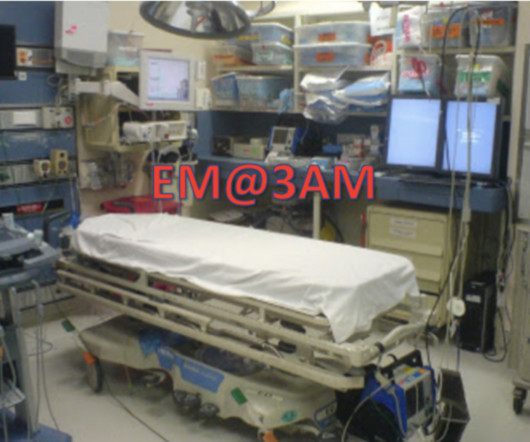
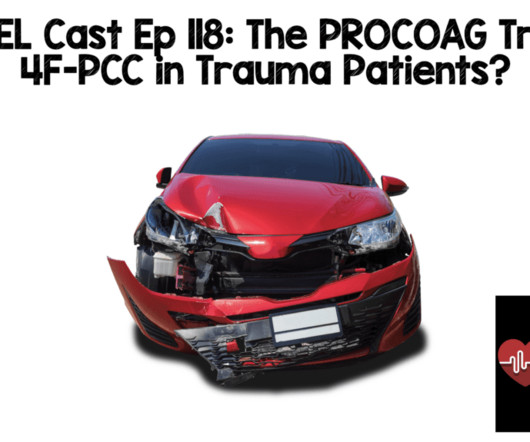



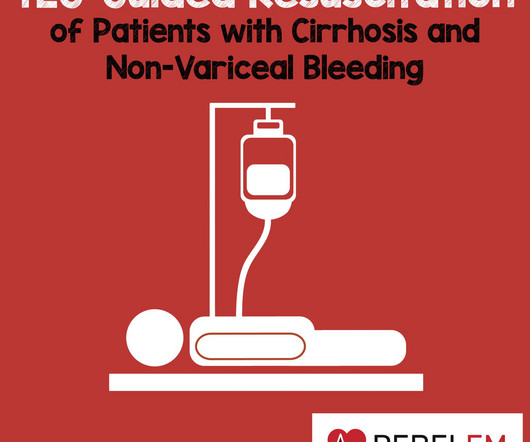
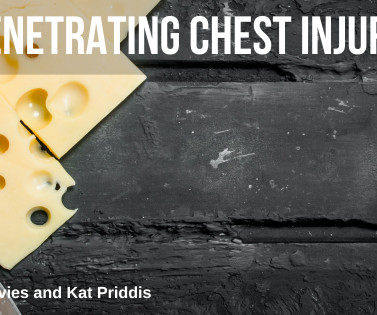
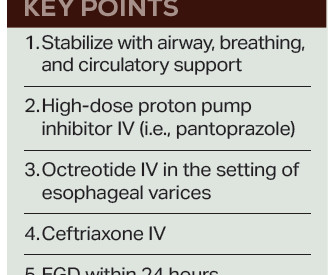

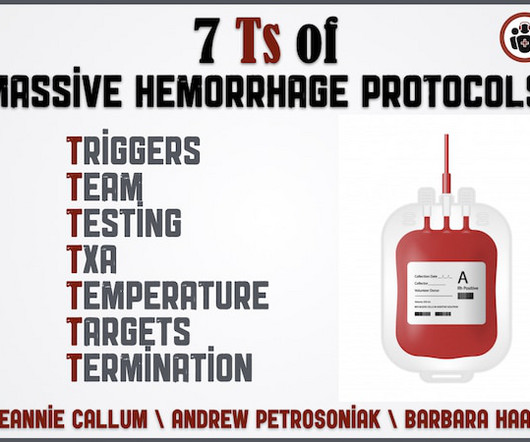






Let's personalize your content